Published 16 June 2019 ● Last Updated on 17 July 2020
Mirror, mirror on the wall; who’s the most harmful of them all?
That’s probably the question we should be asking every time we look in the mirror while applying our makeup and skincare. Many of us buy our makeup and personal use products without ever reading the label on it; not realising that our much loved products may contain ingredients that are harmful to us and our environment. With the growing consciousness among consumers to be more eco friendly when it comes to purchasing; it’s about time we looked at what’s in our vanity boxes and lined up on our dressing tables to find out how eco friendly they really are.
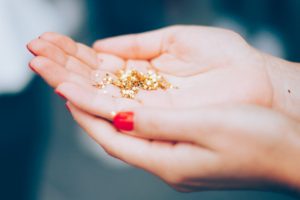
Did you know that the cardboard box that envelops perfumes, serums and moisturisers contributes to the loss of 18 million acres of forest each year? Or that your celebratory glitter is a form of microplastics, which was responsible for 92.4% of the plastic waste in the ocean in 2014? Like everything on this planet, the cosmetic industry also has its own carbon footprint – one that can easily be controlled by brands and consumers being more environment friendly in their transactions.
The Made Up Part │ In the last decade or so, the emphasis on ‘natural’ in beauty products has been on a rise. (Sometimes, it’s a bit ironic don’t you think – natural and beauty product together). While a brand may claim to be natural, it could still be using a lot of chemicals in its products; something we won’t know unless we check the label.
The ‘bright and happy’ advertisements that the cosmetic industry uses to lure us, should be a warning sign for us to proceed with caution. Here’s a small glimpse of all the non glamourous stuff that happens behind the scenes.
~ According to the Environmental Working Group (EWG), an organisation that helps consumers make informed choices through their research on products, when you hear the words ‘natural’ and ‘organic’ – don’t trust the marketing! The assumption that natural is better than synthetic is not always true – what if you had poison ivy in your products? (It’s Natural!) Ingredients like clay may be contaminated by toxic heavy metals too.
Yet another study showed that almost half of all ‘Natural’ personal care products contain known carcinogen.
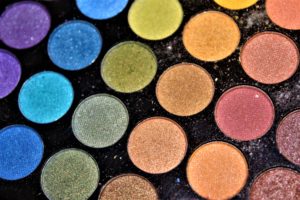
~ This article explains to us how due to a higher demand for natural ingredients, large companies like to source it quickly and as cheap as possible, resulting in unstable production. This large scale use of natural ingredients disrupts ecosystems, depletes non renewable natural sources and sometimes encourages the suppliers of the ingredients to resort to using child labour. Take mica for instance, this ‘natural’ ingredient is commonly used to make blusher, eyeliner, eye shadow, mascara, lipstick and foundation. Lush Cosmetics renounced this ingredient a few years back when it realised that “ethical sourcing” is not quite enforceable.
~ Many cosmetic and personal care products use a variety of chemical components in their products for different reasons – longer shelf life, better texture, longer lasting fragrance, gentle on the skin and so on. The problem is that these components don’t always break down, instead when washed down our sinks they accumulate in our ecosystem polluting our water bodies and harming our flora and fauna. Take a look at how these chemical add to water pollution.
~ The packing that our products come in add to the plastic waste; our shampoo and moisturiser bottles, they are neither easily degradable nor recyclable after use adding to the pile of plastic in the oceans or landfills. It is reported that more than 120 billion units of packaging are produced every year by the global cosmetics industry, most of which are not recyclable.
Are you convinced on the need to know the ingredient in your beauty care products? Do you want to hand make your own products while knowing what has gone in to make them? Read this interesting article on Eco Beauty-DIY Skincare Recipes from the pantry by our guest author, Deepali Sakhare.
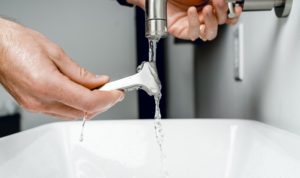
Ingredient Watch List │ Now that we know we should read the label, what exactly is it that we need to look out for.
# Polyethylene
Found in: Creams, scrubs and body washes, toothpaste, shampoo, sunscreen
What is it? If you are a fan of exfoliating scrubs and creams, remember the microbeads are tiny solid plastic particles made from polyethylene or other petrochemical plastics such as polypropylene and polystyrene.
When you combine polyethylene with glycol (PEGs) you get a thick and sticky liquid that is used to thicken or soften cream bases.
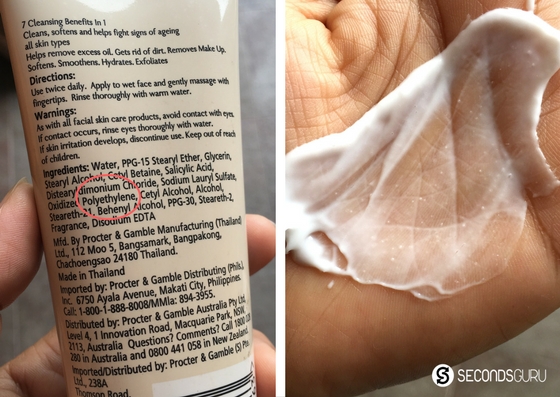
Why is it harmful? PEGs enhance the absorption of other ingredients into your skin – a problem if they are harmful and not natural. Some elements in PEGs are also known to cause cancer in humans.
When we wash off the microbeads during our bath, they enter our sewage system and eventually our water bodies and get collected there as plastic waste. Since they are tiny, fish and other marine animals tend to consume it and eventually, we may end up eating it too.
What to look out for? The number next to PEG (PEG – 4 or PEG -150), the lower the number the more easily the product absorbs into your skin.
# Parabens
Found in: Makeup, moisturisers, hair care products, shaving products
What is it? It is the most widely used preservative in many cosmetic items.
Why is it harmful? They disrupt the endocrine system and may cause reproductive and developmental disorders. In the environment, there is evidence that parabens harm corals and has been found in the tissues of dolphins, marine wildlife, bears and birds.
What to look out for? Avoid the entire family – methylparaben, ethylparaben, propylparaben, butylparaben, isopropylparaben, isobutylparaben in your products.
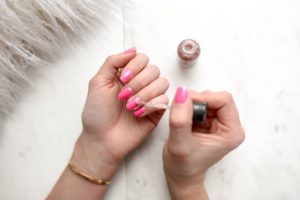
# Phthalates
Found in: Nail paint, hair sprays, fragrances
What is it? Phthalates are a group of chemicals that is used to make plastics more flexible and harder to break.
Why is it harmful? They are considered to be hormone disruptors and studies have shown that they are toxic to fish, including altered behaviour, genetics, growth and development.
What to look out for? Dibutyl Phthalates (DBP) is found in nail polish to ensure they don’t get brittle and break. Diethyl Phthalate (DEP) is used in fragrances and Dimethyl Phthalate (DMP) used in hair sprays.
# Triclosan
Found in: Hand Cleansers, Sanitisers, Deodorants, Soap
What is it? It is an antibacterial ingredient added to many personal care products to reduce or prevent bacterial contamination
Why is it harmful? If affects the endocrine system, specifically thyroid and reproductive hormones. Using the product over long periods of time makes the body resistant to its effect thereby increasing the chances of infection.
It accumulates in the environment and reacts with other chemicals in the water to form toxic dioxins. It is harmful to aquatic life.
What to look out for? Triclosan in liquid products and triclocarban in bar soaps
# Butylated Compounds (BHA, BHT)
Found in: Eyeliner, eye shadow, lipstick and gloss, foundation, perfumes, moisturisers, skin cleansers
What is it? They are used as preservatives in cosmetics and personal care products as well as food.
Why is it harmful? According to the National Toxicology Program, BHA is classified as a “reasonably anticipated to be a human carcinogen.” However, in animal studies BHA causes liver damage, stomach cancers, affects reproductive system and thyroid levels.
What to look out for? Butylated hydroxyanisole (BHA) and butylated hydroxytoluene (BHT)
While I have mentioned only 5 ingredients, there are many more that one should look out for.
The Environmental Working Group (EWG) has launched Skin Deep, an online database that reviews various cosmetics and personal care products and tells us about their potential health and environmental concerns. Take a look at the list compiled by them here.
So what is the solution? Once we are aware of what is harmful and what is not, we can take more informed decisions thereby helping solve the problem in our own small way.
~ Check to see if the packaging used is recycled material. Even better, if packaging is minimum or none used where not needed.
~ Don’t buy a product because you feel ‘it suits you’. Read your product label to see what it contains. The EWG has a great database of products that are safe and not – just look it up before you buy! And products verified by the EWG will have their logo on it.
~ Even better, make your own homemade concoction. Take a look at some skincare recipes here
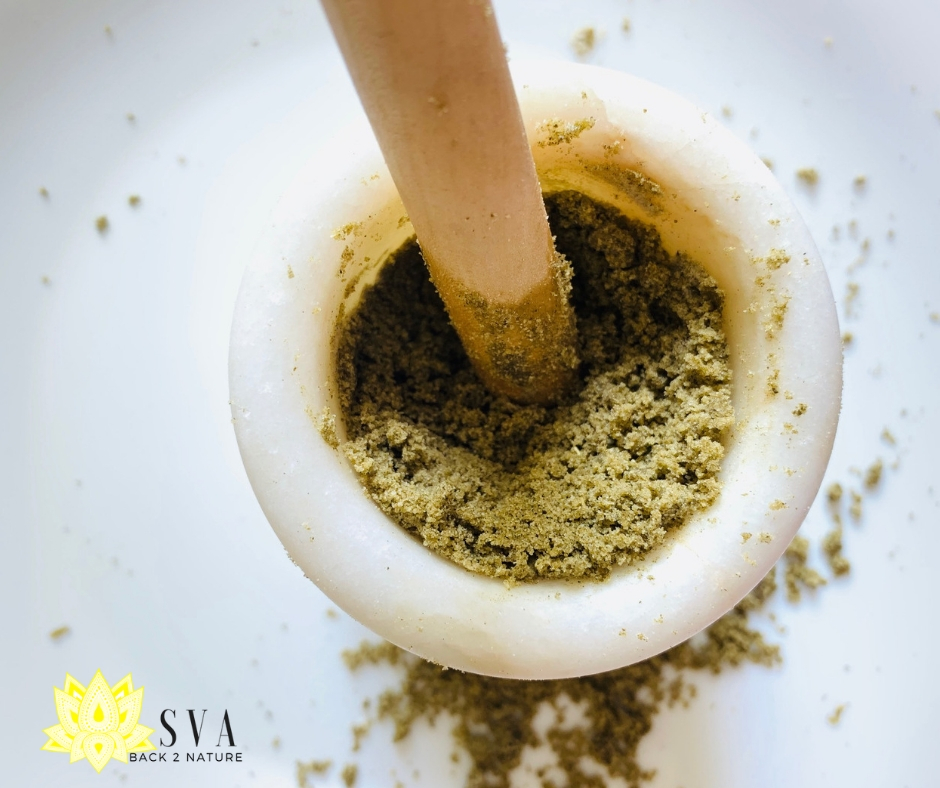
Choose to be an informed and conscious consumer; this decision in itself helps the environment. Next time you buy or use a product, read the fine print (label) first!
Related Articles
Tips | 8 changes you can make today to make your bathroom more eco-friendly



0 Comments